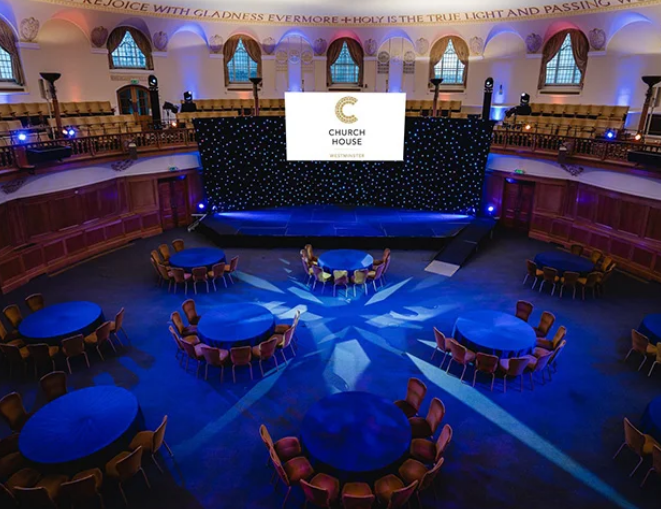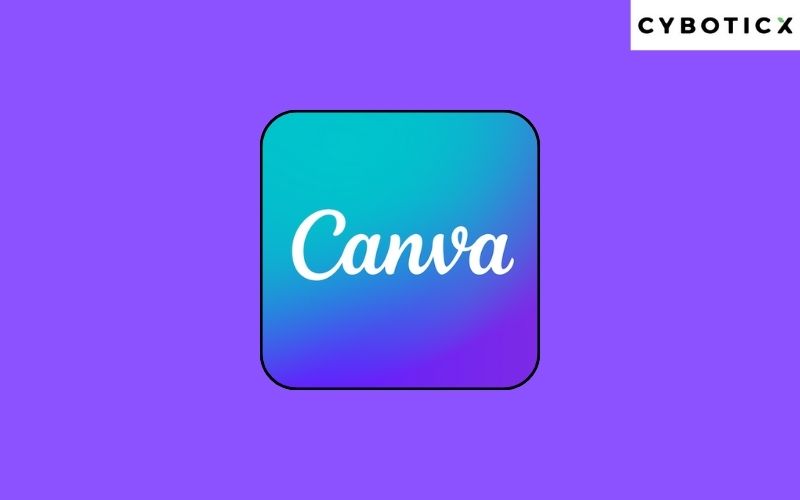Creating Embroidered Placemats with the Brother SE1900

Embroidered placemats are a fantastic way to add a personal touch to your dining table. Whether you’re making them for a special occasion or as everyday decor, the Brother SE1900 embroidery machine can help you create beautiful, customized placemats. In this guide, we will explore how to create embroidered placemats using the Brother SE1900, with a focus on selecting the appropriate embroidery file types. This article will walk you through the entire process, from choosing designs to finishing your placemats.
Why Choose Embroidered Placemats?
Enhancing Your Table Setting
Embroidered placemats can transform a simple meal into an elegant dining experience. They add color, texture, and a touch of sophistication to your table setting.
Personalized Gifts
Custom embroidered placemats make thoughtful and personalized gifts for weddings, housewarmings, and holidays. They show that you put effort and care into creating something unique.
Getting Started with the Brother SE1900
Unboxing and Setup
- Unbox Carefully: Make sure to carefully unbox your brother se1900 and read through the manual for assembly instructions.
- Setup: Place the machine on a stable surface and ensure all components are securely attached.
Threading the Machine
- Thread Selection: Use high-quality embroidery thread for the best results.
- Threading Guide: Follow the threading guide on the machine to properly thread the needle and bobbin.
Needle and Stabilizer Selection
- Needle Type: Choose a size 75/11 or 90/14 embroidery needle, depending on the thickness of your placemat fabric.
- Stabilizer: Use a cut-away or tear-away stabilizer to support the fabric during embroidery.
Choosing the Right Embroidery File Types
Understanding File Types
- PES Files: The Brother SE1900 primarily uses PES files, which are designed for Brother embroidery machines.
- Other Formats: The machine can also read DST and EXP files, among others, but converting them to PES ensures compatibility.
Why File Types Matter
Using the correct file type ensures that your design is accurately read by the machine, which leads to better stitch quality and fewer errors.
Selecting or Creating Your Design
Built-In Designs
- Explore Options: The Brother SE1900 comes with many built-in designs that are perfect for placemats.
- Selection Tips: Choose designs that match your table setting theme or the occasion.
Custom Designs
- Digitizing Software: Use embroidery software to create or modify a design. Save it in the PES format for compatibility with the Brother SE1900.
- Professional Digitizing Services: For intricate designs, consider using a professional digitizing service like ZDigitizing to ensure precision.
Preparing Your Placemats for Embroidery
Fabric Selection
- Material Choice: Choose a durable fabric like cotton or linen that can withstand embroidery.
- Pre-Washing: Pre-wash the fabric to prevent shrinkage and remove any chemicals.
Cutting and Ironing
- Cut to Size: Cut your fabric to the desired placemat size, adding extra space for hemming.
- Iron: Iron the fabric to ensure it is smooth and wrinkle-free.
Hooping the Fabric
- Stabilizer Placement: Place the stabilizer on the back of the fabric.
- Hooping Technique: Secure the fabric and stabilizer in the embroidery hoop, making sure it is taut but not stretched.
- Design Alignment: Use the machine’s alignment tools to position the design correctly.
Importing and Editing Designs on the Brother SE1900
Using a USB Drive
- Save the File: Save your design in PES format on a USB drive.
- Insert the USB: Plug the USB drive into the Brother SE1900’s USB port.
- Access the File: Navigate to the USB option on the touchscreen to access your file.
Editing and Customizing
- Resize: Adjust the size of the design to fit your placemat.
- Color Changes: Modify thread colors to match your fabric.
- Combining Elements: Combine multiple designs for a unique look.
Embroidering Your Placemats
Starting the Embroidery Process
- Preview the Design: Use the preview function to check placement.
- Begin Embroidery: Start the embroidery process and monitor it to ensure smooth operation.
Monitoring and Adjustments
- Check Tension: Ensure the thread tension is set correctly to avoid puckering.
- Watch the Stitching: Keep an eye on the machine to catch any issues early.
Finishing Touches
- Remove the Hoop: Carefully remove the hoop from the machine.
- Trim Threads: Trim any excess threads from the front and back of the fabric.
- Stabilizer Removal: Remove the stabilizer according to the type used (tear-away or cut-away).
Adding Borders and Finishing Edges
Hemming the Placemats
- Fold and Iron: Fold the edges of the placemat over twice and iron to create a clean hem.
- Sewing the Hem: Use a straight stitch on your Brother SE1900 or a sewing machine to sew the hem.
Adding Decorative Borders
- Choosing a Stitch: Select a decorative stitch on the Brother SE1900 to add a border.
- Stitching the Border: Carefully sew the decorative border around the edge of the placemat.
Caring for Your Embroidered Placemats
Washing Instructions
- Gentle Wash: Hand wash or use a gentle cycle on your washing machine.
- Avoid Bleach: Do not use bleach as it can damage the embroidery.
Drying and Ironing
- Air Dry: Lay flat to dry to prevent distortion.
- Iron Carefully: Iron on a low setting, placing a cloth over the embroidery to protect it.
Case Study: Custom Holiday Placemats
Project Overview
A home decorator wanted to create custom embroidered placemats for a holiday dinner.
Steps Taken
- Design Selection: Chose festive designs like snowflakes and holly, digitized in PES format.
- Material Preparation: Selected red cotton fabric and pre-washed it.
- Machine Setup: The Brother SE1900 was threaded with metallic gold thread.
- Embroidery Process: Designs were imported via USB, positioned, and embroidered.
- Finishing Touches: Hemmed the edges and added a decorative border.
Results Achieved
The custom holiday placemats were a hit, featuring intricate designs and festive colors that enhanced the dining experience.
Conclusion
Creating embroidered placemats with the Brother SE1900 is a rewarding project that allows for endless customization. By understanding the importance of embroidery file types and following proper techniques for preparation, hooping, stitching, and finishing, you can achieve professional-quality results. Whether for personal use or as a thoughtful gift, embroidered placemats are a beautiful addition to any table setting.
FAQs
1. What type of fabric is best for embroidered placemats?
Cotton and linen are excellent choices due to their durability and ability to hold embroidery well.
2. Can I use any embroidery file type with the Brother SE1900?
The Brother SE1900 primarily uses PES files, but it can also read other formats like DST and EXP if converted correctly.
3. How do I prevent puckering when embroidering placemats?
Use a suitable stabilizer and ensure proper hoop tension to prevent puckering.
4. Can I create custom designs for my placemats?
Yes, you can create custom designs using embroidery software and save them in PES format for the Brother SE1900.
5. How should I care for my embroidered placemats?
Hand wash or use a gentle cycle, avoid bleach, and iron on a low setting with a cloth over the embroidery.










